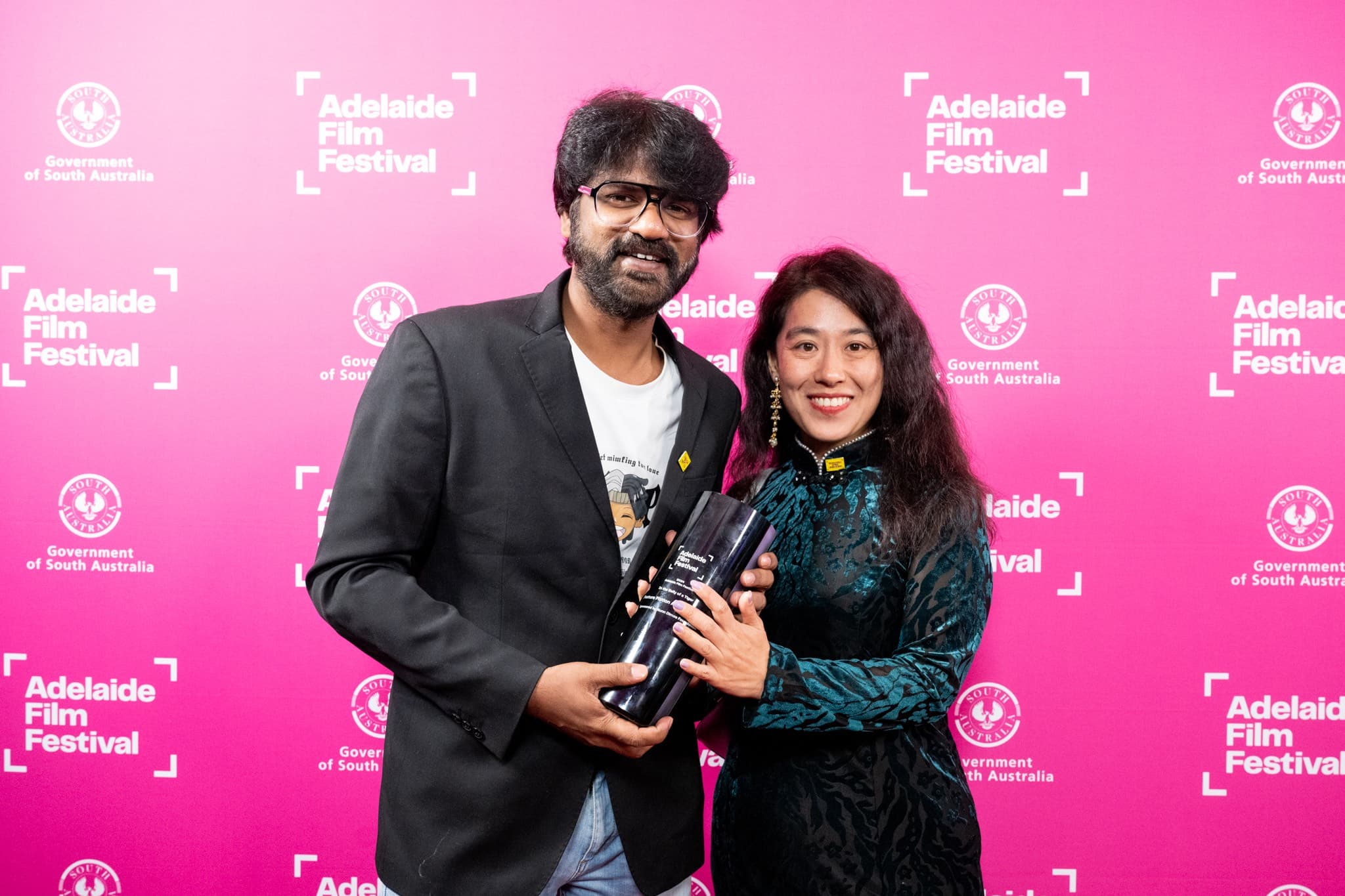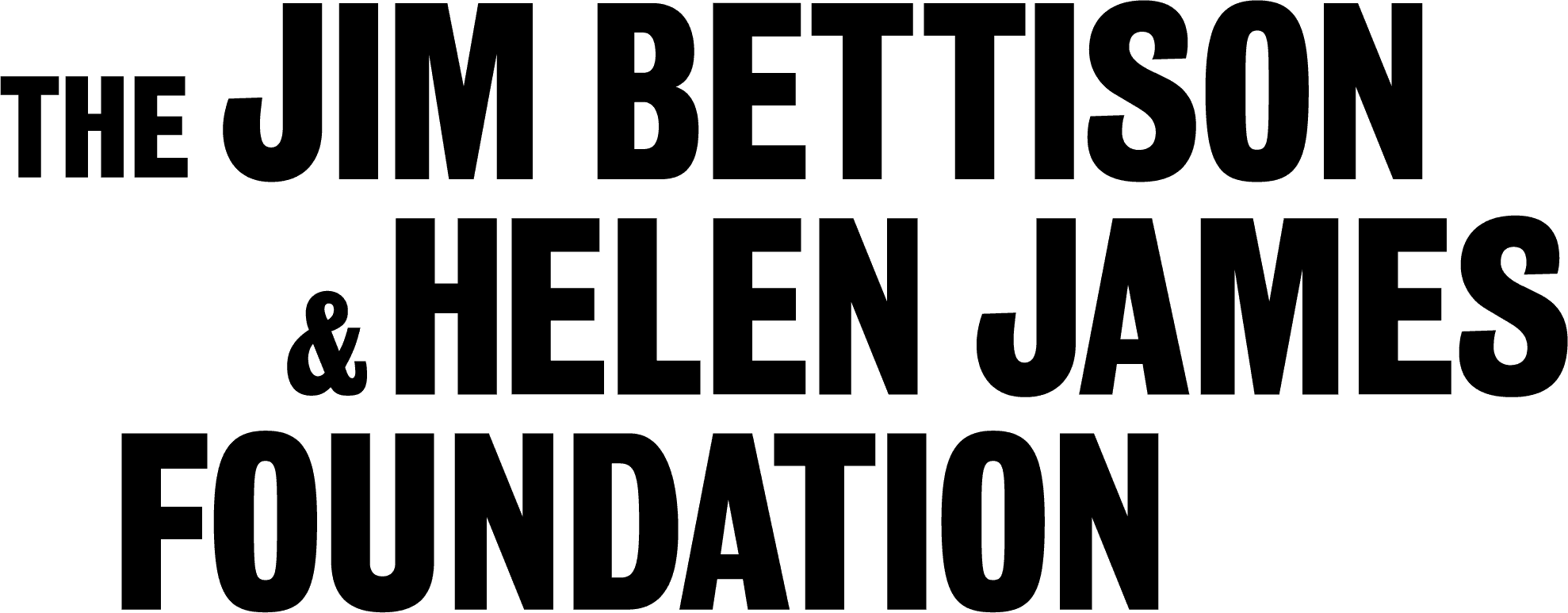
Awards & Voting
Festival Info
Awards & Voting
The Adelaide Film Festival (AFF) is proud to present a suite of esteemed awards, recognising excellence in screen storytelling. These awards celebrate the creativity, innovation, and impact of filmmakers from around the world.
An invited Jury selects the best film in the AFF Feature Fiction, Feature Documentary, Change Award and Shorts Award competition categories, and all audience members are encouraged to vote for their favourite films in the AFF Audience Awards.

Short Film Award
The Short Film Award, sponsored by Flinders University and judged by an esteemed jury, celebrates original, innovative short filmmaking.
Audience Awards
The AFF Audience Awards are voted for by film-goers, giving everyone who comes to the festival a chance to champion their favourite films. There are three Audience Awards, in categories for feature fiction, documentary and short film. All films in the festival are eligible and voting can be done in your account on the website or app.



